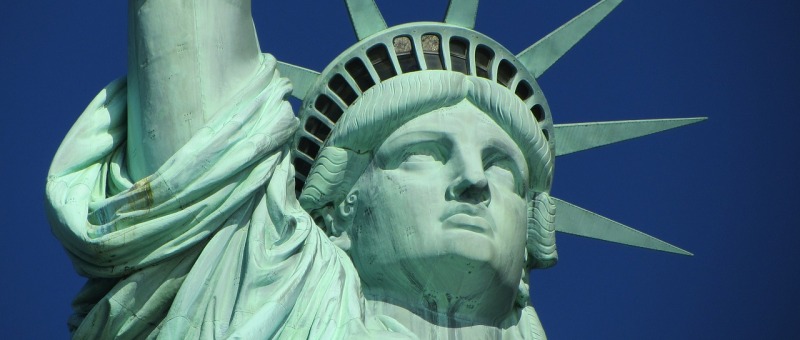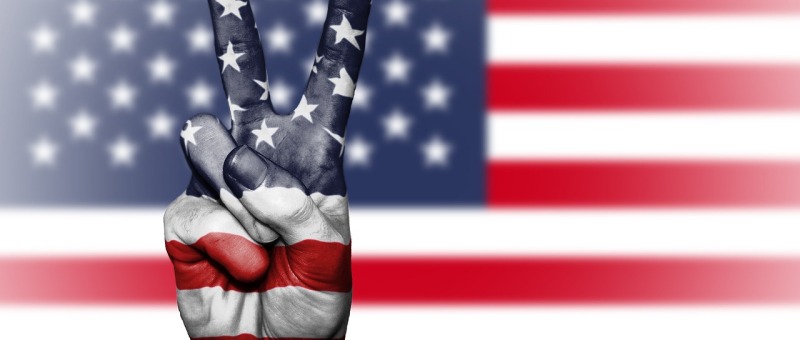Unlocking successful outcomes in cross-cultural negotiations often hinges on a fundamental element: trust.
We talked last week about how important trust is to negotiations and that different cultures approach trust differently.
As borders blur and global interactions become commonplace, understanding how to cultivate trust across cultural divides is essential for effective communication, collaboration, and deal-making.
The power of trust is crucial in navigating the complexities of global business negotiations, and here are some ways to build it.
Cultural Sensitivity and Respect
Demonstrating respect for cultural norms, values, and customs is essential for building trust in cross-cultural negotiations.
By showing an appreciation for cultural differences and adapting communication styles and behaviors accordingly, negotiators can convey sincerity and foster trust.
For example, in a negotiation with a Japanese business delegation, acknowledging and respecting hierarchical structures and formalities, such as addressing senior members with appropriate titles and gestures of deference, can cultivate trust and goodwill.
Transparency and Openness
Transparency breeds trust in cross-cultural negotiations.
Sharing information openly, providing clear explanations, and avoiding ambiguity can instill confidence and demonstrate a commitment to honesty and integrity.
For instance, in negotiations between a European company and an African counterpart, openly discussing financial projections, potential risks, and decision-making processes can alleviate concerns about hidden agendas or ulterior motives.
Consistency and Reliability
Consistency in actions and words is paramount for building trust in any relationship – but especially across cultural divides.
Delivering on promises, honoring commitments, and demonstrating reliability over time can establish a foundation of trustworthiness.
For instance, a European company is negotiating a partnership with a Middle Eastern counterpart.
The European company commits to delivering a proposal by a specific deadline and ensures that it is not only met but also includes all promised details and specifications.
They also consistently provide accurate and transparent information throughout the negotiation process, demonstrating integrity and reliability.
By consistently demonstrating reliability in their actions and words, the European company earns the trust of their Middle Eastern counterparts.
Active Listening and Empathy
Actively listening to the perspectives, concerns, and priorities of counterparts and demonstrating empathy can foster trust by signaling genuine interest and understanding.
For example, a tech company in Silicon Valley is negotiating a partnership with a manufacturing company in China.
The Chinese company expresses concerns about maintaining control over certain aspects of the project to ensure alignment with their production standards and timelines.
Instead of dismissing these concerns or pushing their own agenda, the Silicon Valley team takes the time to understand the underlying reasons behind these preferences.
They engage in active listening by asking clarifying questions and seeking to empathize with the challenges faced by their counterparts.
They acknowledge the importance of quality control in manufacturing and express a genuine desire to find a solution that meets the needs of both parties.
This approach fosters a sense of trust and mutual respect between the two parties, laying a solid foundation for a collaborative partnership based on open communication and shared understanding.
Building Bridges of Trust
Trust serves as the linchpin that holds relationships together and propels agreements forward.
By embracing cultural sensitivity, transparency, consistency, and empathy, negotiators can bridge cultural divides, foster trust, and lay the groundwork for successful collaborations that transcend borders.
Ultimately, building trust in cross-cultural negotiations is not just about reaching agreements; it’s about forging enduring bonds of mutual respect, understanding, and cooperation in an increasingly interconnected world.


